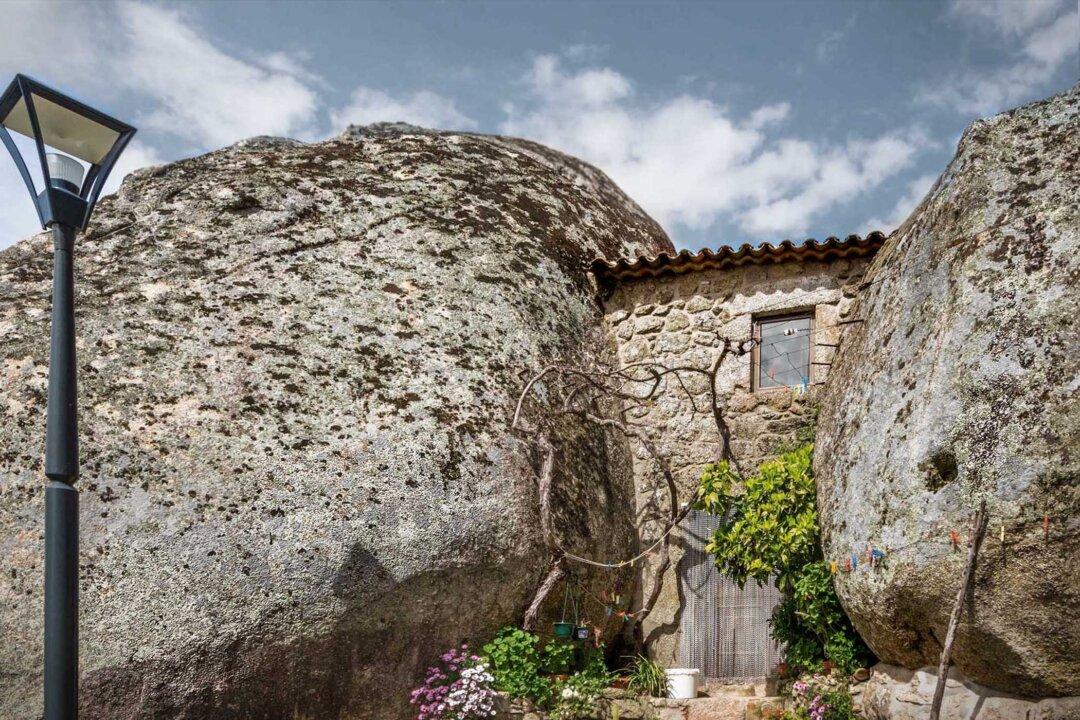Living under a rock in a tiny hamlet might sound isolating—and it is.
There’s little access to the outside world in the small village of Monsanto, situated on a craggy bluff in Portugal’s sparsely populated east, near the Spanish border. It’s quite literally in the middle of nowhere.






